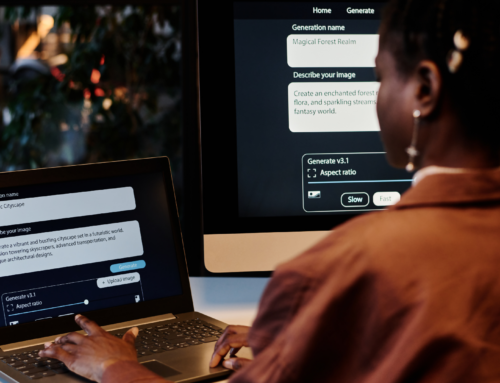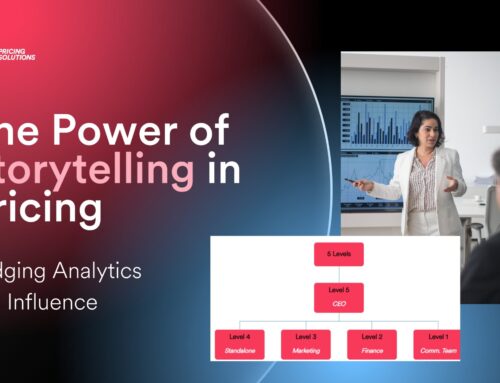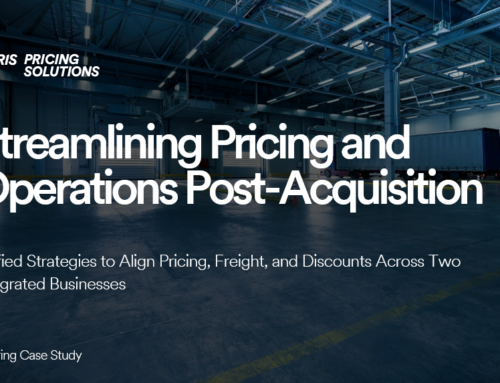The basic formula for pricing optimization is quite simple. First, you determine the demand curve, then you link it to the cost function and finally you calibrate the point where marginal revenue equals marginal costs. This might make sense on an economic level but it fails to account for the long-term impact on customers and potential reactions from competitors. These formulas are also shortsighted because in order to maintain pricing optimization each step must be constantly managed and revised. We propose and will construct a framework for effective pricing optimization, which will maximize long-term profit and growth.
Understanding the Value of a Customer
Having a stable core of clients is the basis of profit and growth for your business. These customers represent your source of future revenues and profits. In management, there is an entire discipline dedicated to understanding these future cash flows and approximating the ‘Customer Lifetime Value’ (CLV). This concept is simple. Existing customers will make purchases and generate revenues and profits in the future. We arrive at the CLV by estimating those likely purchases and valuing them in present dollars.
The objective in a CLV model is to maximize the Net Present Value (NPV) of these expected cash flows. Coming up with an exhaustive analysis is difficult, especially when you account for how your relationships with these clients might change in the future.
- The relationship could be bolstered with more purchases at increased rates.
- The relationship could deteriorate as the business becomes less relevant to the client, which leads to decreased sales.
- The relationship was inaccurately perceived, and the client was not part of the core clients of the business.
Pricing for Customer Relationships
The possible outcomes for these relationships are endless, but it is not the intent of this article to detail the steps for creating a CLV model. Rather, we want to focus on the impacts that pricing can have on these relationships We hope to achieve this end by using the ‘Price/Volume/Profit/ Tool’ in Pricing Solutions World-Class Pricing framework.
Profitable growth should be the main objective of any business. However, more often than not, profit or growth is achieved at the expense of the other, rather than the two goals working symbiotically. At Pricing Solutions, we propose that pricing optimization is the key to growing your business profitably.
How Pricing Changes Customer Relationships
Example: Banking Industry
There are very real ways in which your pricing strategy can either improve or harm your CLV. A client in the banking industry tasked us with maximizing profits from cash customers who would invest in its savings account products. The simplest and quickest way to do this was to slash the savings rate paid to customers. The bank also had a large client base, which in their history has been slow to pull money out of the bank’s savings instruments. It would have been a sure-fire way to increase profits for two years. But, what effects would this have for the future?
Even though projections cannot forecast a loss, it was clear that business growth would be stalled, and ultimately, so would long-term profitability. Relationships with clients could eventually sour, and the savings instrument would have difficulty attracting new customers.
Example: Frozen Food Purveyor
In another example, a business in the frozen food industry struggled with heavily promoted goods at grocery retailers. In response, customers began to wait for deals. Meaning customers would only buy a product on promotion and had little loyalty to the brand. What was worse, the promotions were only marginally profitable and required extensive management resources to conduct. Ultimately, although the business saw a spike in customer growth (due to the promotions), they were seeing a minimal positive impact on profit.
Only a small portion of this businesses’ customer base could be calculated into CLV. They couldn’t count on their current customer base to deliver profitable sales in the future. Even loyal customers would eventually churn through the business and become system beaters. This businesses’ long-term profitability would begin to decline if they were to keep their old pricing model.
Developing a Strong Pricing Strategy
Both businesses faced a pricing decision that had an impact on the business’s trajectory. So what changes to their pricing models will increase their CLV? What pricing strategy will maximize long-term profit and growth? We will tackle these questions in the next installment of this three-part series.





